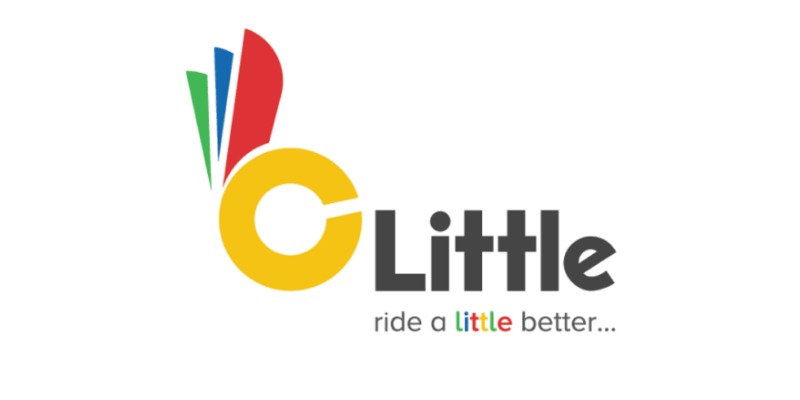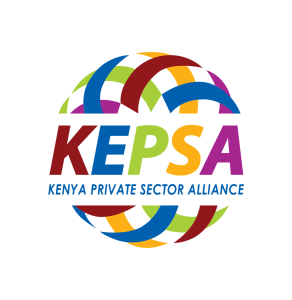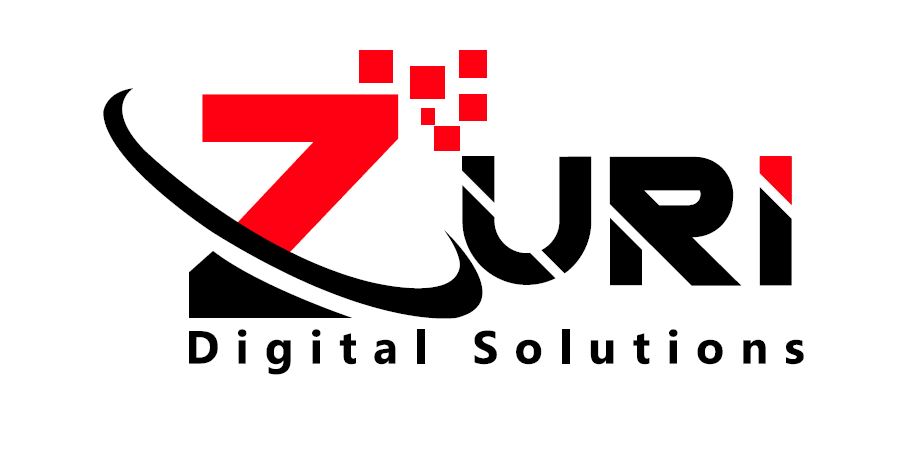Cultural Considerations: Adapting Recognition Programs Globally
Work relationships are not solely based on financial gains. On the contrary, most office-based relationships are held by a complex web of interpersonal and social behaviours. Cultural aspects are among the social factors that make a business thrive.
In other words, cultural recognition and cultural competence are vital to building positive associations within a company. Employers and managers who accept and celebrate cultural diversity will likely improve staff engagement and retain employees.
However, cultural recognition is about more than creating a cultural day in the office. It is a process that needs strategic planning to appreciate the staff’s values and what their diversity brings to the table. A supportive environment can make people feel more welcome and improve their work experience if you have a multicultural team.
This article will examine cultural recognition and how organisations can create an environment that reinforces positive values among their employees.
Why is Cultural Recognition Important in a Company
Cultural recognition is among the ways to measure a business’s core values. When leaders recognise ’employees’ culture and appreciate their heritage, it resonates with everyone else, including their customers and stakeholders.
Employees who feel recognised and appreciated tend to increase their loyalty and productivity. Deloitte states that companies with recognition programs had a 14% increase in employee engagement, performance, and productivity than those without such programs.
Recognising different cultures in the office also increases employee morale. Individuals who feel seen and heard are likelier to relate with the company, improving their working experience.
Likewise, cultural recognition also creates a sense of equality around the office. When leaders appreciate everyone’s heritage and background, workers feel a sense of fairness in the organisation, which can reduce conflicts and enhance teamwork.
How Can Leaders Build a Culture of Recognition?
As previously stated, employers do not need to hold a cultural day each year to celebrate the diverse cultural heritage in their workplace. On the contrary, cultural recognition works best when the business supports everyone and creates a positive environment for their differences to shine equally.
Here are a few ideas entrepreneurs can use to kick-start a cultural shift towards diversity appreciation.
-
Cultural awareness and sensitivity training
In a multicultural team setup, cultural biases and discrimination are among the most significant challenges most businesses face. Leaders who enhance cultural competence should always begin by building on their employees’ cultural knowledge. One way to do this is by conducting workshops and training to help create awareness and address sensitive topics.
However, there is a thin line between awareness and stereotyping. Cultural awareness and sensitivity training should be framed to encourage staff members to learn, appreciate, and accept diversity and not to foster discord within the company. Getting this type of training from qualified professionals who understand the impact of multicultural relationships on workplace efficacy is always ideal.
-
Overcoming cultural barriers
Furthermore, cultural and language barriers significantly affect how people interact within an office. Effective communication is a critical aspect of managing a team in the workplace. Employers might be tempted to source staff who speak the same language, but cultural barriers also impede communication.
Communication training is among the ways leaders can tend to these types of barriers. By teaching people appropriate communication skills in the workplace, staff are more likely to interact without clashing heads.
Promoting employees to learn other languages can also help improve communication and build a stronger bond. Leaders can encourage the team to learn words or phrases in each language. This makes employees feel more appreciated and their culture and language more respected.
Creating a space where staff are not embarrassed to communicate is also important. Team members with a heavy accent should not feel ashamed if asked to repeat themselves. Staff should be taught to respectfully ask for clarification without making others self-conscious.
Lastly, leaders should encourage people to choose a language the majority feels comfortable with. The language should be used in most formal events and meetings to accommodate everyone.
-
Adopting cultural recognition options in the office
Thirdly, employers can incorporate different cultural traditions into their organisations. Cultural diversity has much to offer regarding spicing up the office look and workplace behaviour. Incorporating some unique aspects makes staff feel that their cultures are recognised and appreciated.
For example, leaders can incorporate exquisite dishes from different cultures in the cafeteria. Also, hanging paintings or interior decor from other cultures can make the office feel more accommodating.
-
Ask for employee feedback
Soliciting feedback is also another way to ensure employees feel recognised and appreciated within an organisation. Leaders should allow staff to comment about their firsthand experiences on matters related to diversity and inclusion.
Asking for feedback can come in the form of filling out anonymous questionnaires or having a suggestion box to give insight into work relationships. Employers can also arrange meetings that address sensitive topics about cultural discrimination and competency and create a positive atmosphere for engagement.
-
Celebrating employees’ traditional holidays
The fifth way to honour cultural diversity is to celebrate traditional holidays in the office. Recognising the importance of these holidays encourages staff to enlighten and share their different practices and beliefs with everyone else.
When planning these celebrations, employers can plan simple events that allow people to showcase their culinary dishes, traditions, and cultural tools, like musical instruments. This builds acceptance and inclusivity in the workforce, allowing staff to explore and experience different cultures from an insider’s perspective.
-
Reevaluating organisational policies
Lastly, leaders should rethink their company policies and how they help enhance cultural competency. For example, some cultures require people to take days off while celebrating holidays. Creating policies that support these aspects of cultural diversity can help maintain good relationships within the organisation and help retain employees.
To do these, managers can also implement policies that support their staff’s diverse needs. This can include providing flexible working arrangements, like remote working, job sharing, and telecommuting, to help accommodate employees.
In a Nutshell
Cultural recognition is vital for creating a healthy work environment and increasing employee engagement and productivity. Employers and executives who recognise and promote cultural diversity can foster a supportive work environment where employees feel more welcome and valued.
Managers may foster a recognition culture that reinforces positive values among their employees by including cultural awareness and sensitivity training, overcoming cultural and language obstacles, and implementing cultural recognition alternatives in the workplace.
Fostering a workplace culture that values diversity and appreciates each person’s unique talents can lead to higher job satisfaction, employee loyalty, and organisational success.

























1 Comment
[…] often fail to recognize and reward their employees’ hard work and achievements. This lack of recognition can lead to feelings of being undervalued and unappreciated, which in turn can decrease employee […]
Comments are closed.